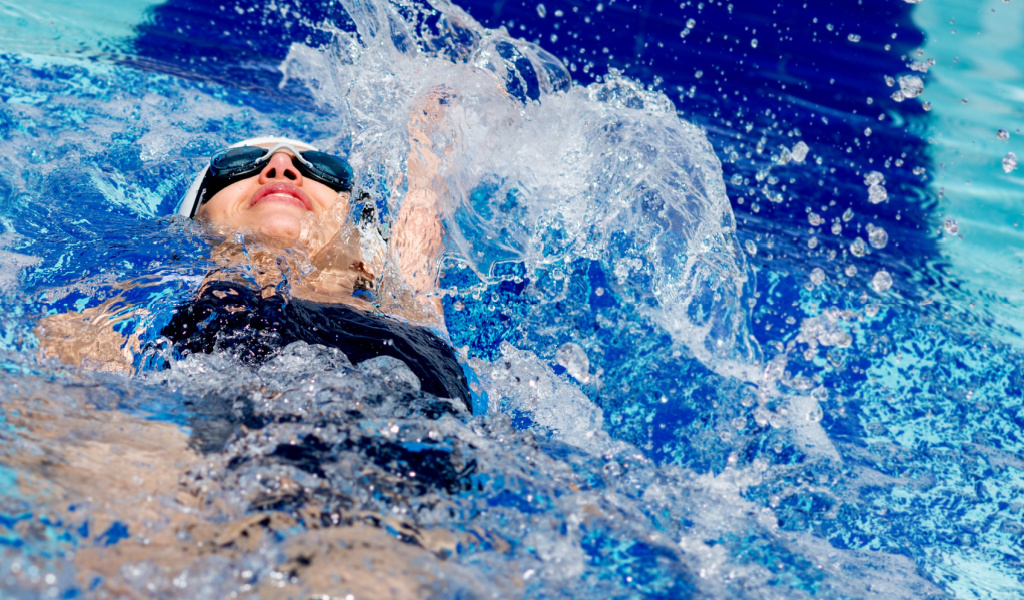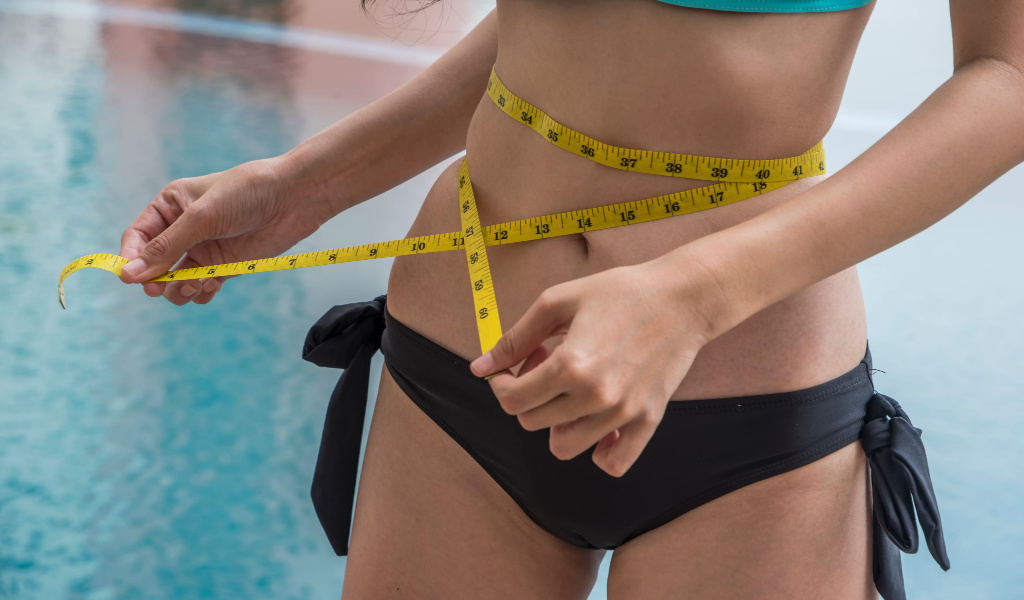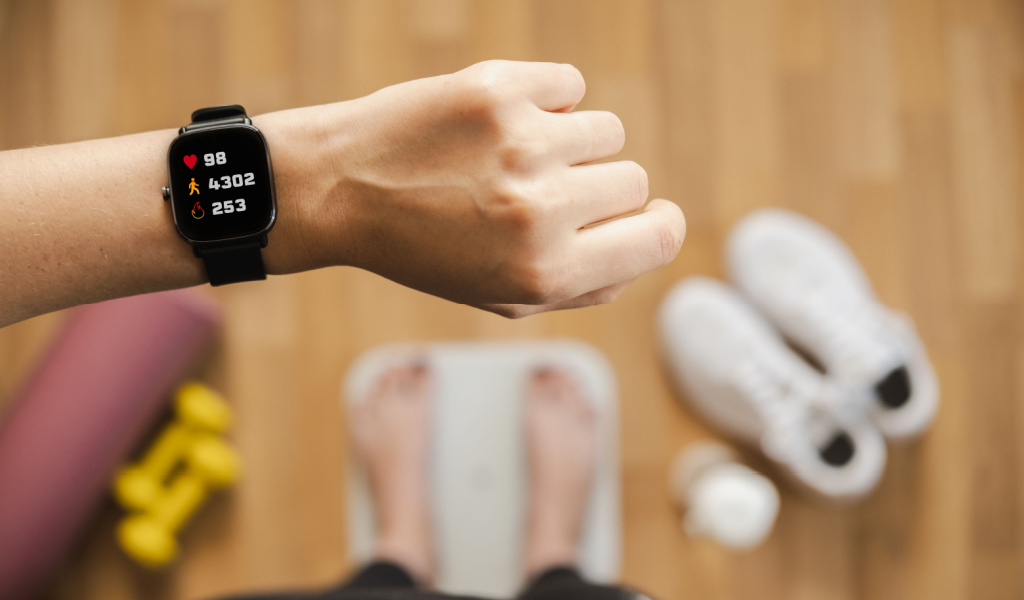A gym workout isn’t the only way to exercise to help lose weight!

Weight loss is quite a challenging concept for most people, and exercising can be seen as boring and rigorous. But it doesn’t have to be that way! Even if you don’t enjoy working out, chances are that there are at least a few other physical activities that you enjoy. There are lots of great options for you to explore – and we’re here to talk about one of them: swimming.
A lot of people love swimming but it may not be the first thing that comes to mind when they think about weight loss. That’s unfortunate because swimming can help you shed as many calories as running. And the best part is that it doesn’t make as much of an impact on your body as running – making it not only fun but ideal for people with injuries or joint pain.
There are certain ways to optimize your swimming sessions to help aid in weight loss, and here are 7 tips to help you get the best results
Swim Before Breakfast
Early morning is an optimal time to go swimming, especially if you’re hoping to shed a few pounds. As you are in a fasting state when you wake up in the morning, any energy you exert will have to come out of the fat stores in your body. Therefore, a workout before breakfast will help you get rid of body fat. Plus, swimming is a full-body workout as well as a great form of cardio, so every part of your body will get some action!
Start Slow
If you’re not a regular swimmer, don’t overdo it on the first day. It may not seem like it, but swimming is a great form of exercise and utilizes every part of your body, so an inexperienced swimmer can feel like their body’s been beaten black and blue if they don’t take it slow.
Start with 15–20-minute swims every day or every other day. Then you can gradually increase the time and frequency as you get used to it. Ideally, you should aim for at least 30 minutes per day, five days a week. You can also alternate with water aerobics on alternate days as it is a low-intensity workout that will still help you keep moving.
Get Help
If you’re a weak swimmer, there are many tools like pool noodles, life vests, or kickboards that you can use to help keep yourself afloat in the water. However, it’s always better to learn to swim properly, not only for weight loss but as it is an essential life skill, so try and enroll in a swimming class if you can. You can check your local community center or YMCA for information about where to find them.
Increase the Intensity
As you become more comfortable with swimming regularly, then it’s time to increase the intensity of your sessions. When you’re starting out, your heart rate is elevated as your body figures out how to get comfortable with swimming every day. This is what helps you burn a lot of calories.
However, as you become more efficient, your heart rate won’t increase as much. Therefore, you should be swimming harder, and faster to keep your heart rate up. You can track your heart rate using a waterproof fitness tracker. Ideally, a moderate-intensity workout such as swimming should be about 50-70% of your maximum heart rate.

Increase the Frequency
Similar to increasing the intensity of your swims, you should also be increasing the frequency of them. If you’re starting out with 2 or 3 swim sessions a week, you should aim to gradually increase it to at least 4 or 5 days. As with any other type of exercise or physical activity, especially when it’s done for the purpose of weight loss, the more you do it, the more beneficial it will be for you.
Try Interval Training
Those who are even a little familiar with fitness would probably have heard of the HIIT workout, which stands for High-Intensity Interval Training. HIIT involves short bursts of intensive physical activity followed by a recovery period of low intensity. This is one of the most efficient ways of losing weight since it keeps your heart rate up, which helps you burn more calories.
While most people associate HIIT with exercises such as jumping jacks and burpees, you can also do intensity training in swimming. For instance, there is sprint interval training where you sprint for 30 seconds at a time and rest for anywhere up to 5 minutes in between. The rest period can be spent just floating or swimming at a slower pace.
Revamp Your Diet
The key to losing weight is calorie deficiency. This means that you will have to burn more calories than you consume on a daily basis. While swimming, like any other form of exercise, will help you burn some of those calories, you should also be modifying your diet to take less of them in the first place.
However, be careful not to starve yourself! A balanced diet is a key part of weight loss. Taking up swimming or other forms of exercise may even make you feel hungrier than usual as food is the body’s fuel for energy. It’s important not to ignore that hunger. But you should also be careful not to load it with useless calories. So, instead of grabbing a milkshake after a workout, try to satiate your hunger with fresh fruits and veggies or a protein shake.
Try Different Routines
Just like you should increase the intensity of your swim workout to keep your heart rate elevated, it’s also important to switch up your routine to avoid hitting a plateau. Step outside your comfort zone and try different swimming routines to keep up with the calorie burn.
Different swimming routines put greater focus on different areas of your body and some of them are more intense than others. For instance, the butterfly stroke is often considered to be the most demanding as it requires the use of your entire body. The breaststroke and backstroke are close behind in intensity. As a result, these will help you burn the most amount of calories possible through swimming.
However, it’s also important to give your body some time to recover so that you can go back to burning calories the next day. Swimming freestyle is a great way to set your own pace.



